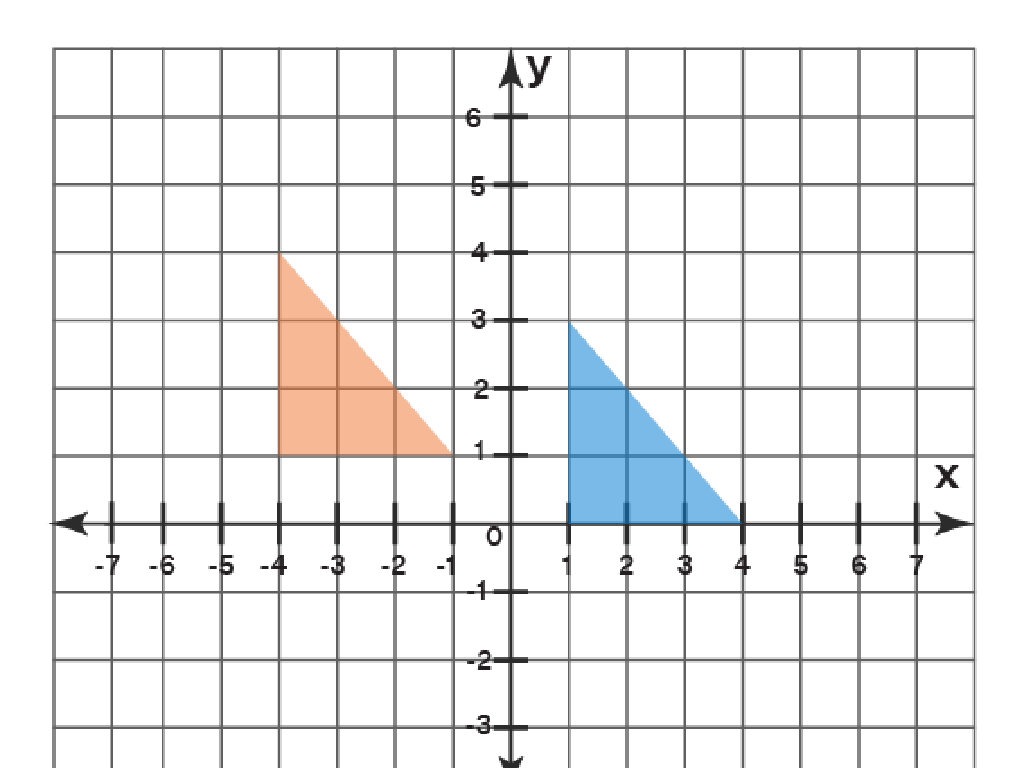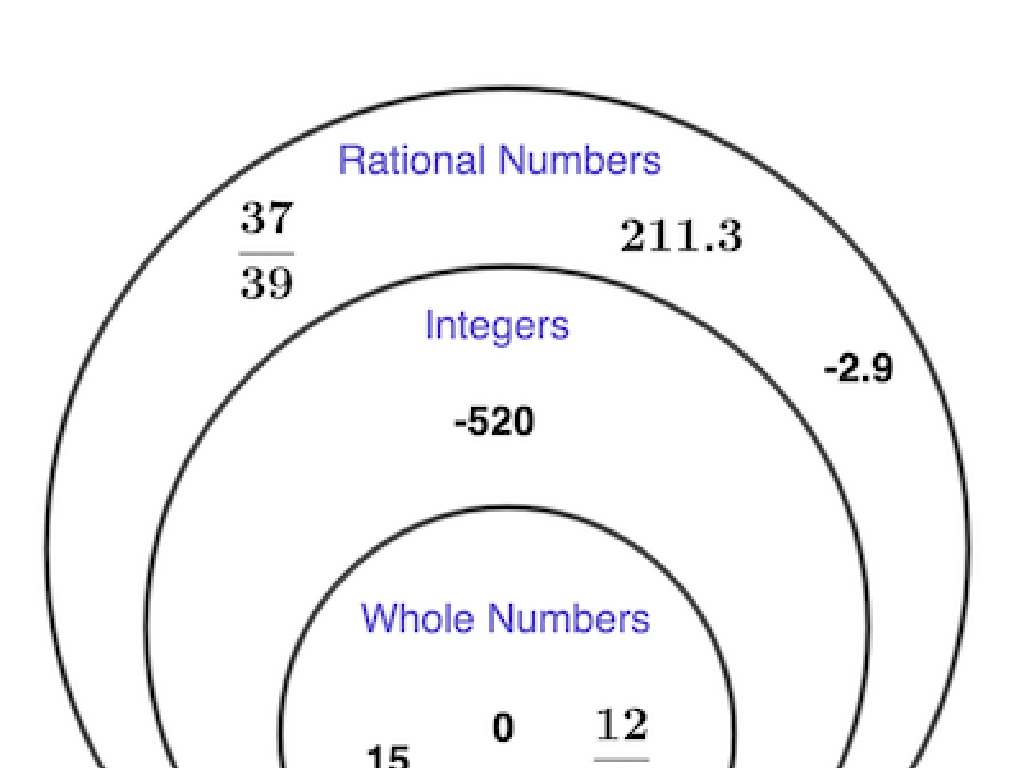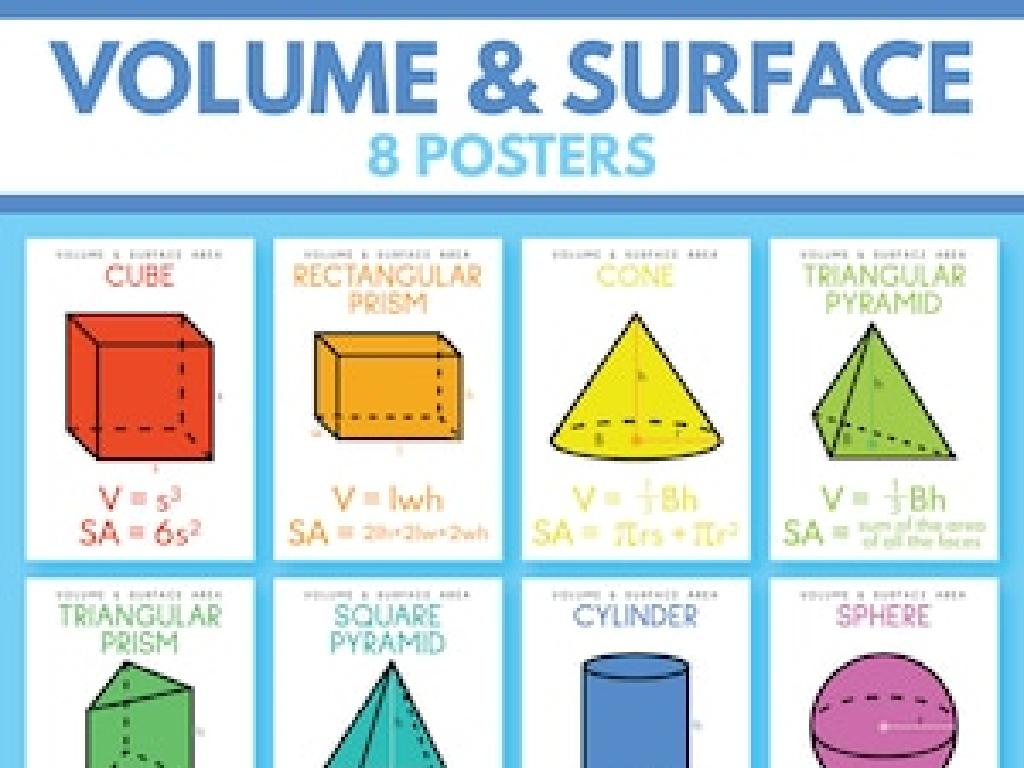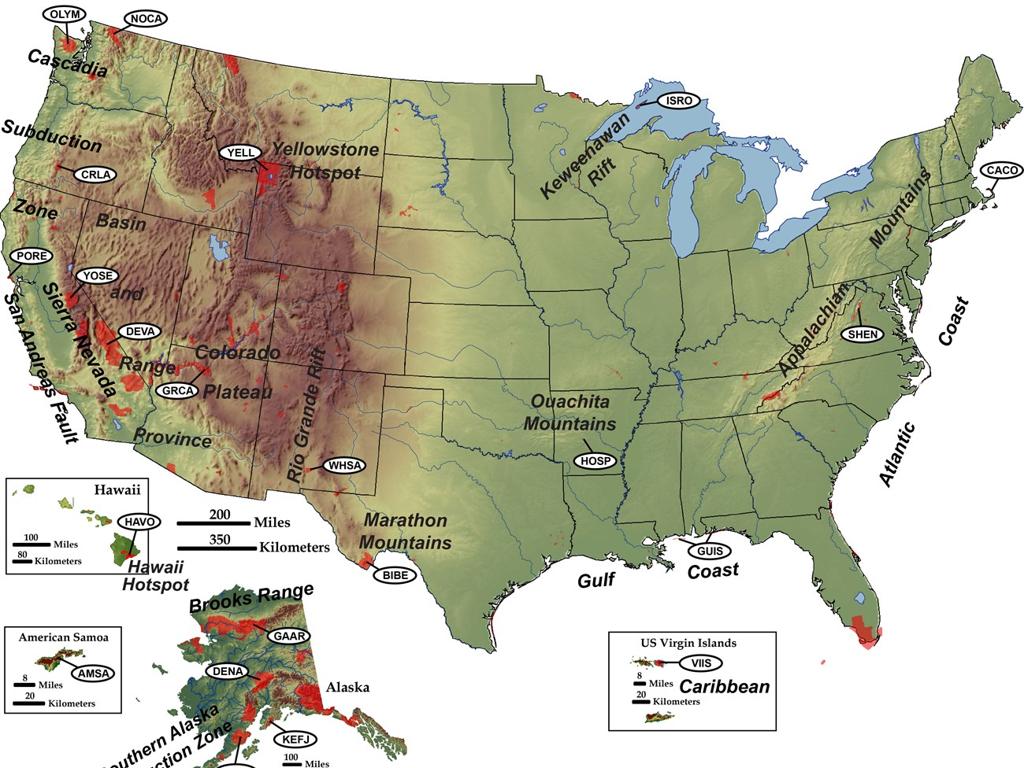Choose Numbers With A Particular Product
Subject: Math
Grade: Fourth grade
Topic: Multiplication
Please LOG IN to download the presentation. Access is available to registered users only.
View More Content
Welcome to Multiplication!
– Greet and introduce today’s math topic
– Review the concept of multiplication
– Multiplication is repeated addition
– Learn to choose numbers for a product
– Find pairs of numbers that multiply to a set number
– Practice with examples
– Use examples like 4×5=20; what other pairs give 20?
|
Begin the class with a warm welcome and an introduction to the day’s topic, emphasizing the fun aspect of learning multiplication. Quickly review multiplication as the process of adding a number to itself a certain number of times. Explain that the day’s lesson will focus on identifying pairs of numbers that, when multiplied together, result in a specific product. This is a key skill in understanding factors and multiplication. Provide clear examples and encourage students to think of multiplication as a form of grouping items, which can be visualized with arrays or other visual aids. Prepare to engage the class with interactive activities where they can practice finding different number pairs that result in the same product.
Understanding Products in Multiplication
– Define ‘product’ in multiplication
– The result of multiplying two numbers together
– Examples of multiplication problems
– 3 x 4 = 12, 7 x 5 = 35, and so on
– Real-life usefulness of products
– Used in situations like buying multiple items
– Practice finding products
|
This slide introduces the concept of ‘product’ as a key term in multiplication, which is the result of multiplying two or more numbers. Provide clear examples of simple multiplication problems to illustrate the concept. Emphasize the practicality of understanding products through real-life applications such as calculating total cost when buying several items of the same price. Encourage students to practice with different multiplication problems to become comfortable with finding products. This foundational knowledge will be crucial for their future math skills development.
Choosing Numbers for a Product
– Use a multiplication chart
– A grid showing products of number pairs
– Find numbers with a set product
– Locate the product, then find the factors
– Work through product examples
– Example: Product 36, factors 4 x 9 or 6 x 6
– Practice with various products
– Try finding factors for products like 24, 48, 60
|
This slide introduces students to the concept of identifying number pairs that result in a particular product using a multiplication chart. Start by explaining what a multiplication chart is and how to read it. Then, demonstrate the process of finding two numbers that, when multiplied together, equal a given product. Work through several examples with the class, using different products each time to ensure understanding. Encourage students to practice this skill by finding factors for various products, reinforcing their multiplication skills and enhancing their number sense. Provide additional practice problems for students to work on as homework.
Factors of Numbers: Multiplication Magic
– Understanding ‘factors’
– Factors are numbers we can multiply together to get another number.
– Factors of common products
– For example, factors of 12 include 1, 2, 3, 4, 6, and 12.
– Finding factor pairs
– Factor pairs for 12 are 1×12, 2×6, and 3×4.
– Practice with examples
|
This slide introduces the concept of factors within the framework of multiplication. Begin by defining ‘factors’ as numbers that, when multiplied together, result in a product. Use common products like 12, 16, or 24 to help students identify factors. Then, guide them through the process of finding all possible factor pairs for a given product, emphasizing the concept of multiplication as repeated addition. Encourage students to practice with various numbers to solidify their understanding. Provide examples and facilitate hands-on activities where students can work in pairs or groups to find factors of assigned products.
Let’s Practice Multiplication!
– Interactive class practice
– Solve for the correct product
– Find pairs of numbers that multiply to a target number
– Explain your solution method
– Use drawings or objects to visualize multiplication
– Share and learn together
– Discuss different methods used by classmates
|
This slide is for an interactive class activity focused on multiplication. The goal is to solve problems that involve finding pairs of numbers that result in a given product. Encourage students to explain how they arrived at their answers, which can include using visual aids like arrays or drawing groups of items. This will help them understand the concept of multiplication as repeated addition. As students share their thought processes, highlight the variety of methods that can be used to solve multiplication problems. Prepare 4-5 different multiplication problems for the class, ensuring a range of difficulty to cater to all students. Consider pairing students up to promote collaboration. Provide guidance and support as needed, and praise students for creative and effective problem-solving strategies.
Group Activity: Product Hunt
– Understand ‘Product Hunt’ rules
– Find pairs with a set product
– For example, product of 12 could be 3 x 4 or 2 x 6
– Work together in groups
– Present findings to the class
|
In this engaging group activity, students will learn to work collaboratively to find pairs of numbers that multiply to a given product. Begin by explaining the rules of ‘Product Hunt’: each group will receive a specific product and must find as many number pairs as possible that result in that product. Emphasize the importance of working together and discussing strategies within their groups. After the hunt, each group will have the opportunity to present their findings, fostering a sense of accomplishment and public speaking skills. Possible activities for different groups could include finding pairs for products like 16, 24, or 36, allowing for differentiation based on skill levels. Encourage students to think creatively and consider multiple factors, such as even and odd numbers, to find all possible combinations.
Class Activity: Craft Your Multiplication Puzzles
– Create your own multiplication problems
– Choose a product and find factor pairs
– If you pick 36, what two numbers give 36 when multiplied?
– Exchange problems with a classmate
– Solve your partner’s multiplication puzzles
– Use your multiplication skills to find the answer!
|
This interactive class activity is designed to reinforce students’ understanding of multiplication and factors. Students will apply their knowledge creatively by constructing their own multiplication problems. They should select a ‘product’ (the result of a multiplication problem) and then determine all the pairs of numbers (factors) that can be multiplied together to result in that product. After creating their problems, students will swap with a partner, challenging each other to solve new problems. This peer exchange not only makes the activity more engaging but also provides an opportunity for collaborative learning. As a teacher, circulate the room to assist and ensure that students are on the right track. Possible products could be 12, 24, 36, etc., with corresponding factor pairs being (3×4, 2×6), (3×8, 4×6), (3×12, 4×9), and so on. Encourage students to think of as many factor pairs as possible and to check their partner’s work for accuracy.
Multiplication Mastery: Homework
– Summarize today’s lesson
– We learned how to choose numbers that multiply to a specific product.
– Homework: Multiplication problems
– Solve problems to find different pairs of numbers with the same product.
– Practice finding products at home
– Use your notes to help you practice multiplying numbers.
– Bring questions for next class
– Think about what you learned and ask questions if you’re unsure.
|
As we conclude today’s lesson on multiplication, it’s important for students to reflect on their understanding of how to choose numbers with a particular product. For homework, provide a worksheet with a variety of multiplication problems that require students to find different pairs of numbers that result in the same product. Encourage them to practice these problems at home, using their notes and strategies discussed in class. Remind students to come prepared with questions for the next class to clarify any uncertainties. This will help reinforce their learning and ensure they are comfortable with the concept.





